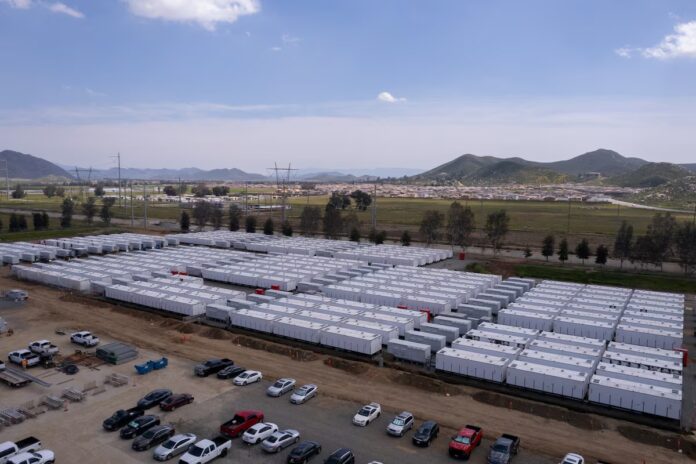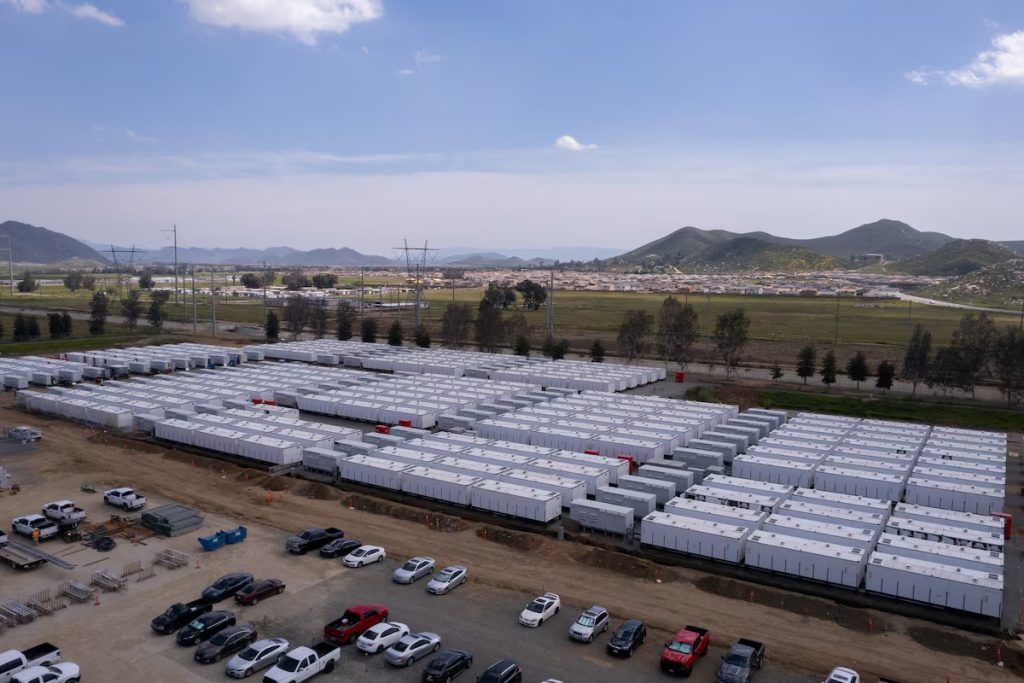
WIDENING REACH

Utility networks mainly use batteries to store surplus power generated from solar farms during the middle of the day – when system demand and power prices are typically at their lowest – and then discharge them when demand and prices rise.
That total was over 28,000 MW more than was in place in 2020, and compares to solar power’s growth of 84,200 MW and wind power’s growth of 37,000 MW over that same period.
GROWING IMPACT


Natural gas was CAISO’s next largest power source – accounting for around 23% of supplies, followed by wind and hydro.

A recent report by asset management firm Lazard pegged the so-called levelized cost of energy from utility-scale solar farms paired with batteries at between $50 and $131 per megawatt hour (MWh), depending on system scale.
That compares to $47 to $170 per MWH for new natural gas peaking plants, around $24 to $39 per MWh for combined cycle gas plants, and up to $114 per MWh for new coal-fired plants.
The opinions expressed here are those of the author, a columnist for Reuters.
Enjoying this column? Check out Reuters Open Interest (ROI), your essential new source for global financial commentary. ROI delivers thought-provoking, data-driven analysis of everything from swap rates to soybeans. Markets are moving faster than ever. ROI can help you keep up. Follow ROI on LinkedIn and X.

